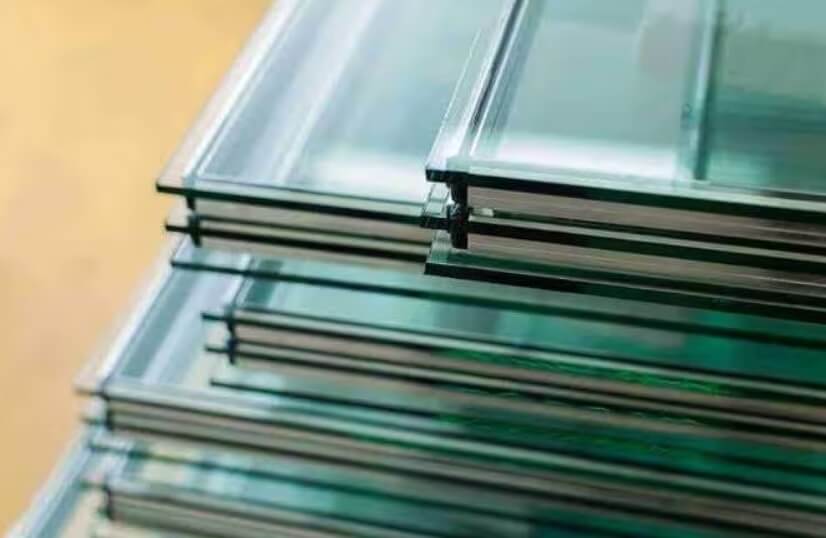Manufacture of glass
The manufacture of glass may broadly be divided into the following five stages:
- Collection of raw materials.
- Preparation of batch.
- Melting in furnace.
- Shaping or forming
- Annealing.
- Finishing.
(1) Collection of raw materials
- Depending upon the type of glass to be manufactured, suitable raw materials are collected.
- The raw materials required for each type of glass.
| S. No | Type of glass | Raw materials |
| 1. | Soda -lime glass | Chalk, soda ash and clean sand |
| 2. | Potash – lime glass | Chalk, potassium carbonate, sand |
| 3. | Potash – lead glass | PbO, potassium carbonate, sand |
| 4. | Common glass | Chalk, salt cake, coke, sand |
In addition to the raw materials, the cullet and decolourisers are also added in the glass.
The cullet indicates waste glass or pieces of broken glass.
(2) Preparation of batch
- The raw materials, cullet and decolouriser are finely powdered in grinding machines.
- These materials are taken in correct proportions and mixed together.
- The mixing of these materials is carried out in mixing machines until a uniform mixture is obtained. Such a uniform mixture is known as batch or frit.
(3) Melting in furnace
- The batch is melted either in pot furnace or in a tank furnace.
- The pot furnace is of batch type while the tank furnace works continuously. The tank furnace is adopted to melt large quantities of glass at a time, while pot furnace melts small quantities of glass at a time.
- The tank furnace is filled with raw materials and heated by allowing producer gas through ports . The batch is heated in large compartment.
- Chemical reaction in the furnace. The ordinary glass, also known as winding glass, approximately represented as Na2 O CaO 6SiO2 is formed according to the following reactions:
(i) Sand fuses with sodium carbonate to form a glassy mass, known as water glass which is soluble in water.
Na2 CO3 + SiO2 → Na2 SiO3 + CO2
(ii) Lime stone or calcium carbonate reacts with sand to give a glossy substance known as calcium silicate which is insoluble in water and soluble in acids.
CaCO3 + SiO2 → CaSiO3 + CO2
This is the case when either the lime stone or sodium carbonate is used . The chemical reaction between Na2SO4 , C, CaCO3 and SiO2 to form glass is as below.
Na2CO3 + CaCO3 + 6SiO2 → Na2O.6SiO2 + 2CO2

Fig (1) A tank furnace
(4) Shaping or forming
Molten glass is worked into articles and given desired shape or formed either by blowing or moulding.
(5) Annealing
- As soon as the glass is given the desired shape, it is passed through a series of cooling chambers known as annealing chambers to bring its temperature down gradually to the normal.
- The process of slow cooling is known as annealing.
- The semi- solid and hot glass when exposed suddenly to atmosphere, undergoes unequal cooling, which leads to cracking of the glass.
- The longer the annealing period , The better will be the quality of the glass.
(6) Finishing
- After annealing , all types of glass articles require finishing process.
- The finishing process includes cleaning, grinding, polishing, cutting , blasting etc.
| Read More Topics |
| Give a brief account of different kinds of glass |
| Composition and properties of glass |
| Constituents of glass and their functions |






